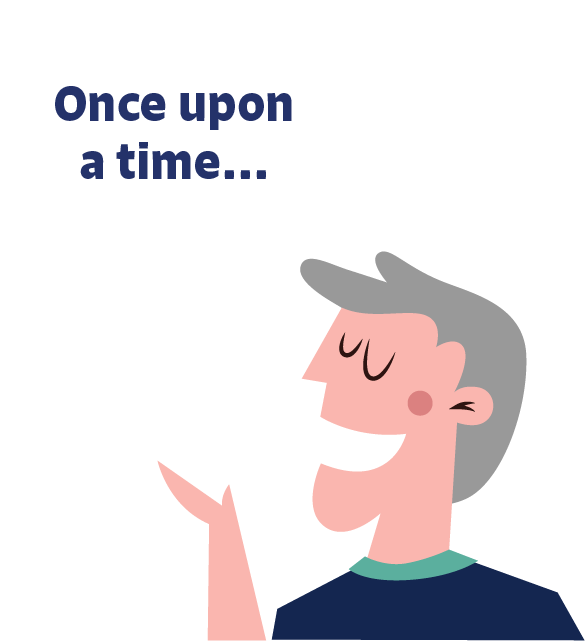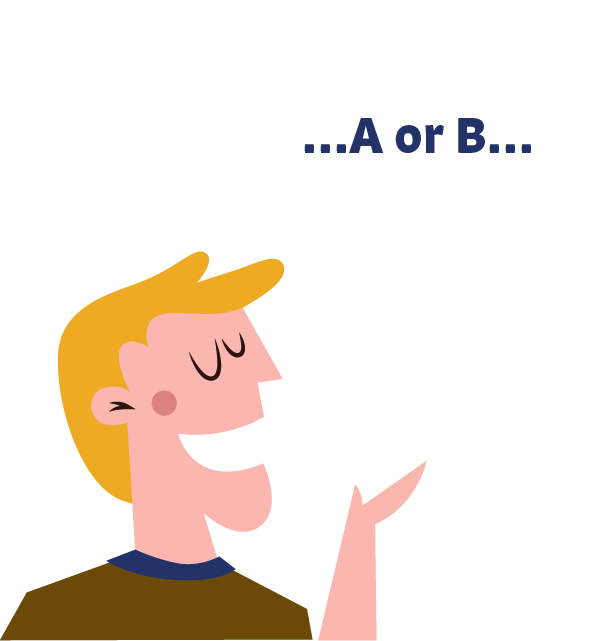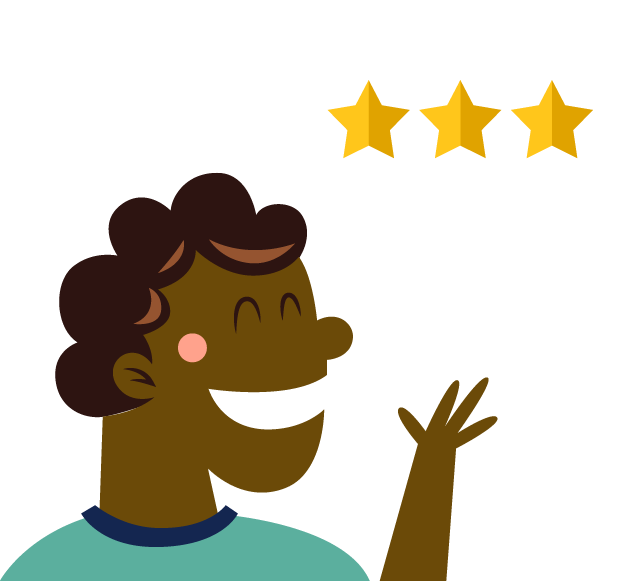
Follow up & Close
You’ve done it. You’ve met a client, you have said what you wanted to say, the prospect asked the questions they needed to, and everything is set. But how do you go from a good meeting to a sale?
Sometimes, but not often, it will come naturally and just happen. Likewise, following a great meeting either party might decide it is not for them, which is OK, walk away. However, sometimes a little push is needed – and this is called “Closing”.
Like the various approaches discussed earlier, there are lots of different closing techniques:
- 1-2-3 Close
- Adjournment Close
- Alternative Close
- Artisan Close
- Ask-the-Manager Close
- Assumptive Close
- Backwards Close
- Balance Sheet Close
- Ben Franklin Close
- Best Time Close
- Calendar Close
- Columbo Close
- Conditional Close
- Cost of Ownership Close
- Customer Care Close
- Direct Close
- Emotion Close
- Empathy Close
- Hard Close
- Humour Close
- Impending Event Close
- Level with me Close
- Needs Close
- Negative Consequences Close
- No Hassle Close
- Now or Never Close
- Puppy Dog Chase Close
- Quality Close Reversal Close
- Scale Close
- Similarity Close
- Something for Nothing Close
- Summary Close
- Takeaway Close
- Testimonial Close
- The Porcupine Close
- Weekly Cost Close
Wow! Where to start?
Let’s see if we can shed some light on some of the most well-known approaches in this list.
Most Well-known Closing Approaches
The 1-2-3 Close
This is about listing 3 clear, concise and relevant points to help build on your contact. You should look to point out why the client should buy. The key here is the number:
- 3 words
- 3 points
- 3 bullets
As long as it is 3, then it can work.
By the way we just did a 1-2-3 Close with you (giving 3 points above) – it is that easy.

The Similarity Close
This approach is about telling a story about someone who is just like the prospect, who has similar issues. Explaining how they had the same problems (or “pain” points), and how you managed to provide a solution will make it much easier for the prospect to understand how you might help.
Telling a story is something we all learned to do at a very young age. This sales technique takes that skill and applies it to an email. You bring your prospect through a journey similar to their own to show that their challenges are solvable.
Here’s how:
- Don’t present, just talk about issues.
- Ask relevant questions rather than giving your opinion.
- Focus on the solution – not how you get on.
- Target decision makers not users.
- Focus on making people use the solution rather than people liking the solution.
- Don’t be busy.
- Close on buyer’s timeline, not sellers.
- Empower rather than convince.
TipTry to use real stories and people.

The Emotional Close
People always buy using their emotions, even if this is subconscious and they think they are doing so intellectually.
Feelings are much more powerful than fact and figures, so one can play to those emotions, see how they react and adapt accordingly. Maybe find a recent achievement (in your prep stage) and then congratulate them on that achievement – it can only enhance your relationship, especially if it is sincere.

The Humour Close
In a world full of stress and hard work, humour can often break down barriers – as long as it is at the right time and not in bad taste. Be careful to not overdo it, but the right comment can go a long way to making that connection, which is so important to help close a sale.
TipRemember to think of your specific target audience before making a joke. Avoid anything offensive or inappropriate.

The Alternative Close
Life is complicated, so make the decision easy for them – give only two options. It is a great technique to get agreement, as well as selling.
This is a variation on an assumption Close where you simply act as if the sale is already made. You might say – “Do you want the blue one or the red one?” rather than “Do you want one?” – you are leading them subtly down the sales path.

The Empathy Close
Also known as the love Close, this is about really showing that you understand the prospect, you feel what they feel and understand their situation completely. Talk about yourself rather than them – in the sense that you are in it together – a shared experience with a shared goal.

The Testimonial Close
Reviews, recommendations and happy customers tend to lead to new customers. This builds on that premise. Instead of you boasting about your product, simply allow prospects to hear/see/speak with other happy customers who were once in their position.
This can be showing them written or video-based customer testimonials, through to providing them references to speak with in their own time and who will support what you have said independently.

Closing Top Tips
-
1
How quickly should I make contact?
Within 5 minutes of your initial email/letter (research by Lead Response Management found that you are 100x more likely to successfully contact a lead if you respond within 5 minutes and 21x more likely to qualify that lead).
-
2
How many times should I call?
Make 6 attempts to reach leads then give up (research from Velocify shows that making six attempts is the magic number).
-
3
When should I call?
Early morning or late afternoon on Weds or Thurs (research shows that the best times are either 8-9am or 4-5pm).
-
4
Smile and be positive!
It will benefit you more than them (one study from Tipping.org found that waiters who simply said “good morning” to hotel guests and gave a positive weather forecast were able to boost their tips by 27%!).
-
5
Don’t trash the competition.
Buyers don’t like it!
-
6
Body language is important.
Vanessa Van Edwards found that, following a single training session, people who used effective body language saw their sales numbers up by 56%. Simply copying (or mirroring) the body language of the person you are speaking with is a powerful way to bond – from yawning to smiling. For more check out this link.
-
7
Enjoy being a salesperson with targets.
A 2003 study by marketing Professor Balaji Krishnan found that competitiveness caused salespeople to work harder and outperform their peers.
-
8
Half full or half empty?
Over 30 years of research involving more than a million salespeople has shown that optimists outsold pessimists by between 20-40%.
-
9
Act like your buyer.
Try to mirror their gestures, expressions etc. It works, and it might help you reach agreement quicker.
-
10
Believe in yourself.
Self-belief is a key skill which can be hard to maintain at times. Trust in yourself… it will come good! Be confident (not arrogant). Studies by Hoffeld Group have shown that when someone acts confidently, it adds more weight to what they say.

Delivery
You’ve closed the deal. Well done. Give yourself a pat on the back.
As a sales person, often delivery is out of your hands and it’s up to your team to play their part in the process to deliver what you have sold.
However, that doesn’t mean the sales process is finished. In fact, it could only just be starting, as most sales come from existing customers, so make time to check in and ensure that they are happy, solve any delivery issues they have and build a long-term relationship. With each happy customer the sales process will get that little bit easier.
Task
Drag the most appropriate sales close technique to its corresponding statement:
-
The Alternative Close
A study from New York University suggests that restricting choices by limiting options actually enforces more creativity – meaning we are bound to make better decisions with less options. When presented with endless options it is really hard to be certain you’ve made the right one – if there are only a few then you are less likely to get it wrong.
-
The 1-2-3 Close
3 is the magic number – and that is actual scientific fact- humans like patterns and working in triples – any more than three then people can begin to doubt, but when it is 3 coherent elements then it can act like a supercharged closing machine!
-
The Similarity Close
Like in films – where one can often feel sympathy and recognise themselves in fictional characters - research shows that when a connection is made, it is much likely that agreement can be reached.
-
The Empathy Close
When someone is willing to see things from the client’s point of view, it offers lots of reassurance that you’ve really understood the needs of the opportunity – and so can be trusted to give a good perspective.
-
The Emotion Close
We are human, and humans are driven by emotion. According to Harvard Business School Professor Gerald Zaltman, 95% of our purchase decisions take place unconsciously. No decisions are taken without emotion involved in some way, even if we don’t realise it.
-
The Humour Close
Relaxed, happy people are less likely to object to what you are saying, not to mention that people like funny people and people buy from people they like. Simple!
-
The Testimonial Close
Referrals and happy customers can really help to close a sale – past customers with a good story about why they were so happy with the product/service you provided are perfect. Stories are scientifically proven to tap into our brains in a unique way and allow us focus without distraction.
